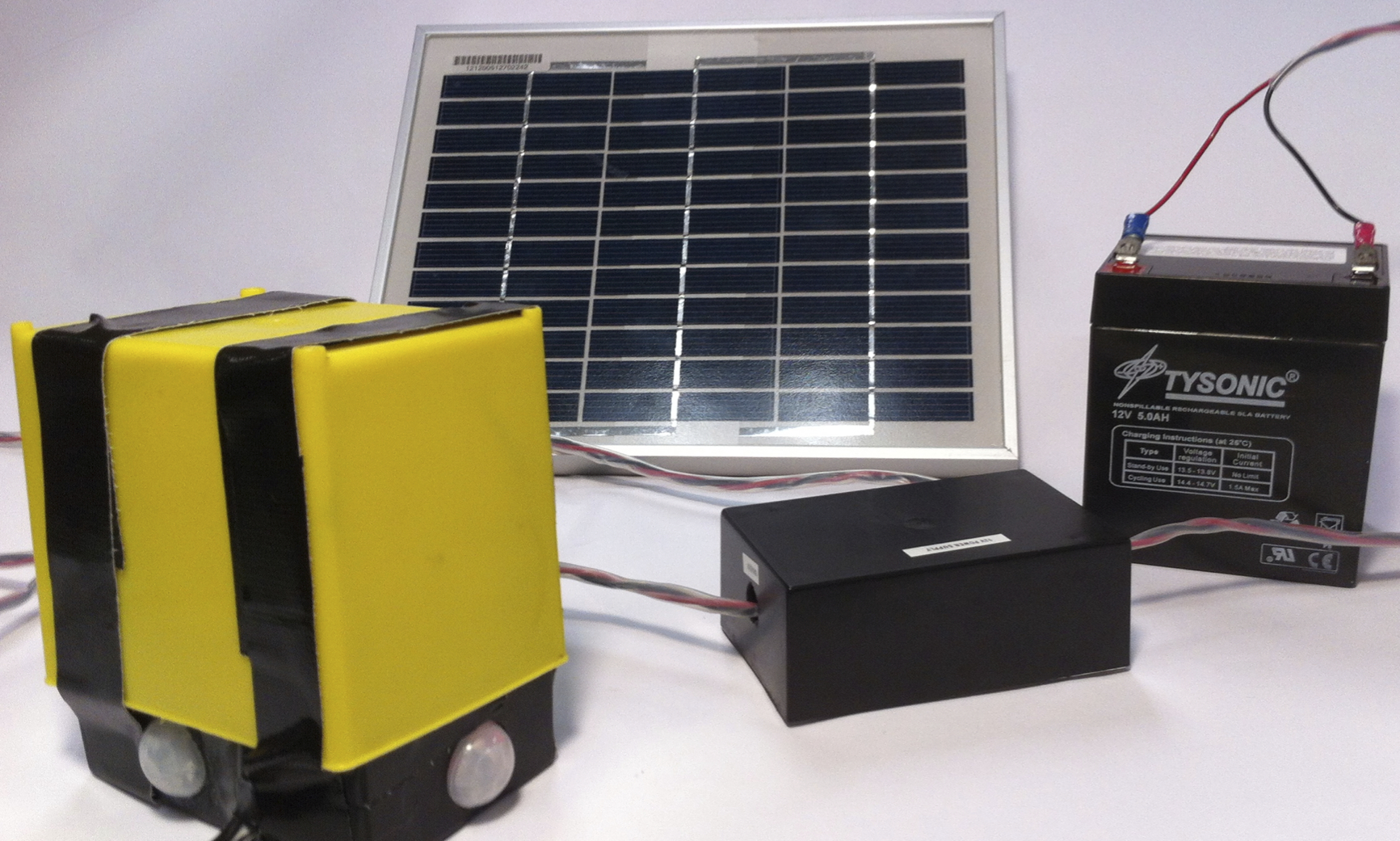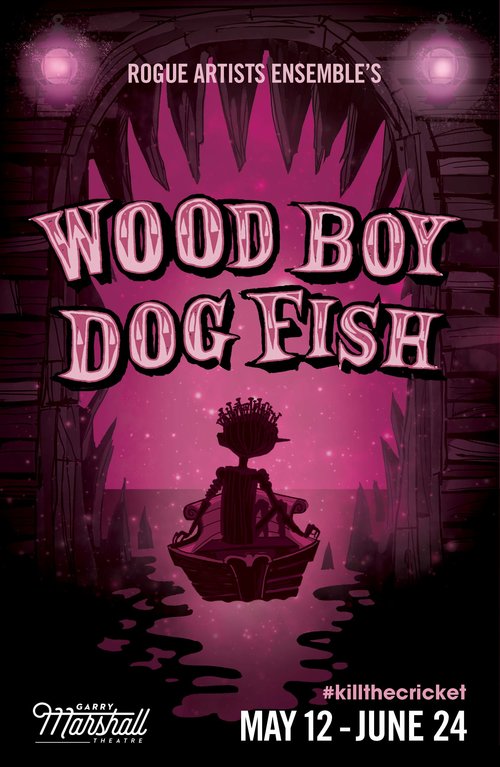During 2013, I have been working on making my own audio field recorder. Inspired by the camera traps published on Smithsonian Wild, I set out to make a field recorder that records audio when it detects motion. My intent was to build a device that could be placed outdoors and left for an extended period of time. When the user retrieves the device, it contains audio recordings of animals or other subjects that triggered the device’s sensors.
As part of my masters degree in the graduate Sound Design program at UC Irvine, I submitted a thesis paper about my process building this recorder. You can read an extended version of this paper here: Building an Autonomous Audio Field Recorder.

My Autonomous Audio Field Recorder.
Here are some of my favorite anecdotal takeaways from the process:
I learned about some fascinating work being done by ecologists in the National Park Service, Wild Sanctuary, Purdue University, University of Windsor, and Michigan State University.
Murray Schafer defined three elements of a soundscape. I really love the concept of the soundmark element—sounds that are unique to a specific location. I have vivid soundmark memories of my childhood hometown, and I am really curious to know what soundmarks other people have an important connections to.
There is a wonderful open-source web application for documenting geo-tagged soundscape recordings. It’s called Pumilio, and it’s developed primarily by researches at Purdue University.
The National Park Service has published a wealth of information about soundscape resources in the national parks.
The frequencies other animals can hear is astounding. Elephants can hear frequencies in the 5-10 Hz range. Rodents and cats can hear frequencies as high as 80 kHz. Ecolocators, such as bats, use frequencies higher than 100 kHz, but also use frequencies below 100 kHz for communication. The paper High-Frequency Hearing by Henry and Rickye Heffner provides a great overview of this topic.
Locations unpolluted by human produced sounds are extremely endangered. Backcountry hikers knew something was wrong on September 11, 2001 because there were no sounds from overflights.
If you want to learn more about soundscape ecology, I highly recommend the NPR Science Friday interview with Bernie Krause and Bryan Pijanowski. Bernie Krause also gave an excellent presentation at TED Global 2013. For a comprehensive academic discussion, read the November 2011 Special Issue on Soundscape Ecology in the journal Landscape Ecology (Volume 26, Issue 9).
If you are looking for a recommendation about recording gear for nature recordings, Bernie Krause combines a Sennheiser MKH 30, a bi-directional microphone, with a Sennheiser MKH 40, a cardioid microphone. High dynamic range, low noise floor, and high quality components that can operate in a wide range of environmental conditions are the qualities required for a successful nature recording.
Protection against leeches is a genuine concern when recording in hostile environments: “Getting leeches out of your eyes requires caution and patience.”

